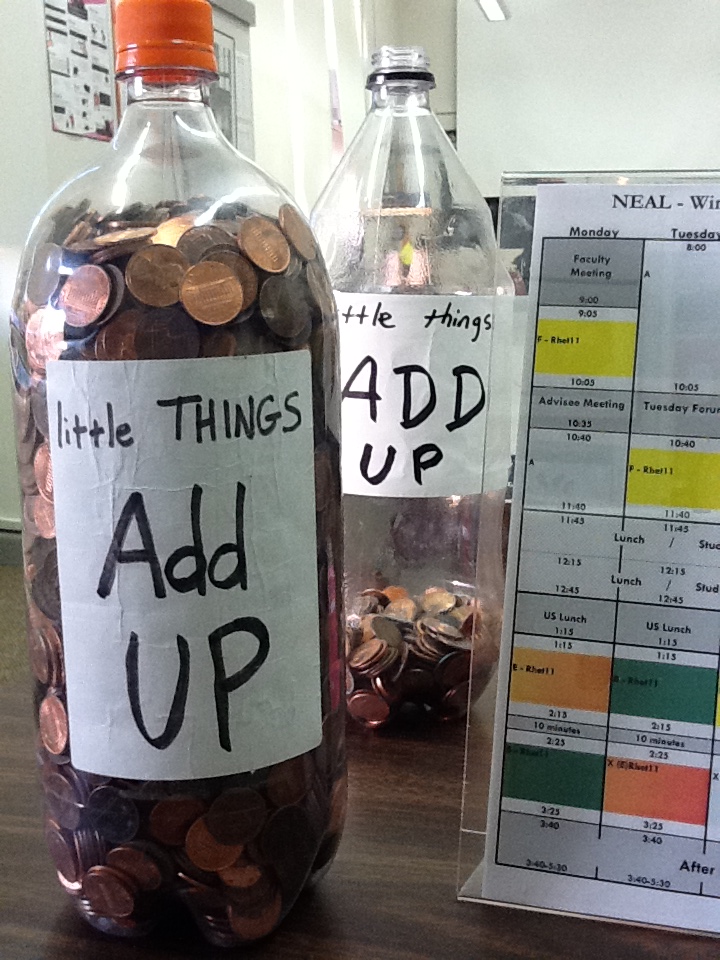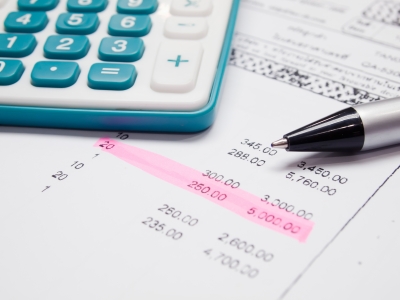A Simple Guide To Better Budgeting
Last week we talked about the most common reasons why budgets fail, and two of the failure points tend to occur at the beginning of the budgeting process; when we create budgets that are not a reflection of our values, or when our budgets are based on our imaginary selves not the real us, they are bound to fail. This guide ensures you do not fail by doing this.
Start by tracking your expenses
If you want to create a budget that will serve you, it is best to start by tracking your expenses for at least a month. Expense tracking means taking note every item you spend your money on. This sounds like a laborious thing to do, but I have realized we at most pay for 4-5 items per day, and noting these items on a physical notebook or a phone notes app takes just a few seconds. Expense tracking is also the most important personal finance habit, so it is good to get used to doing it. When budgeting, expense tracking helps you to know know how you really spend your money, and the things you value. Remember you are budgeting for the real you, not an imaginary version of who you want to be. From your tracked expenses, create categories of your expenditure. I like to have three main categories:
- Savings
- Needs
- Wants
From the above, I then have sub categories: two subcategories under savings, about six under needs (these are utilities and other expenses that I must spend money on to life efficiently), and for my wants I tend to have a blanket amount that I am allowed to spend as pocket money. Once pocket money runs out, I cannot “borrow” from the other categories. I find this gives me a degree of freedom, to for example spend “eating out” money on shoes. You can choose to do this differently.
Target your problem areas
If from expense tracking you find that you have certain problem areas, create a separate category to budget and keep track of the problem area. For example you may find that you eat out too much and you want to make sure this does not eat into your other categories, so you create an “Eating Out” budget category in your budget. With time, you can keep reviewing this to see if the category is still valid or you need to remove it and change things up.
Remember that budgeting is a continuous process, and so is expense tracking.
Include yearly and occasional expenses in your monthly budget
When you budget using the results of just a couple of months of expense tracking, it is easy to overlook expenses you do not incur on a monthly basis. These are expenses like car servicing expenses, insurance, school fees etc. If you do not budget for these, you will end up spending your savings once they fall due. My advice is to estimate these expenses, then divide by 12 to get the monthly amount that you should be setting aside for them. Transfer this amount to a no-charge savings account, then you can draw it whenever the expenditure falls due.
Consider the Envelope Method
One thing I love about the Envelope Method is that it moves you from on-the-paper budgeting to implementation. If you write your expenditure on respective envelopes, it takes you a step further and helps you also keep track of your expenses. It is an all in one solution. If you are new at budgeting, consider using the envelope method for a couple of months. The disadvantages of this method is it does not lend itself very well to card and M Pesa usage, and if there are strangers in your house (such as cleaners and visitors), your money may not be safe.
Make budgeting a habit
Every month review your budget to see how well you are doing, and reward yourself when you stick to your budget. Just make sure that the reward is not of budget-breaking proportions. This positive reinforcement will keep you going until budgeting becomes second nature. Remember a budget is not fixed, so feel free to keep tweaking it and changing things up until it works for you.
Remember, budgeting gives you freedom. By telling your money where to go, you no longer have to worry that you are not saving enough or you are spending too much money on lattes. When you work within your budget, you have peace of mind and can really enjoy your money without thinking too much about it. Budgeting if done right is a continuous 4 stage process: track; document; execute; review.
What difficulties do you encounter when budgeting, and how do you get over them? Do you think it is possible to make budgeting a lifetime habit, and if not, why? Let us discuss in the comments section…




